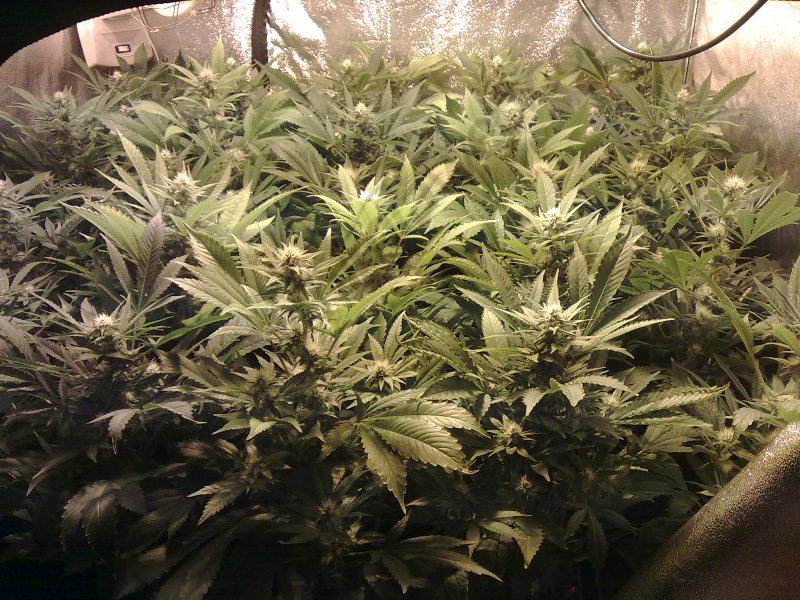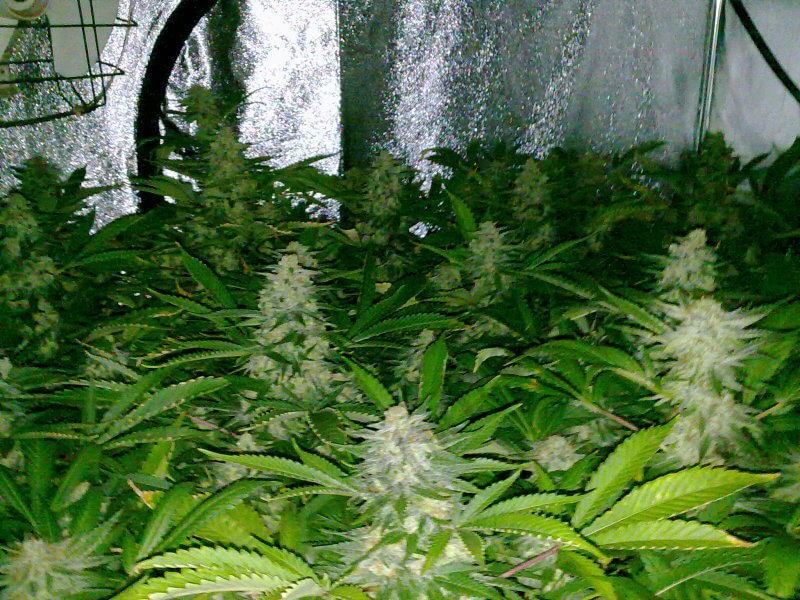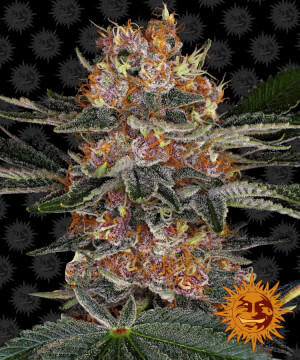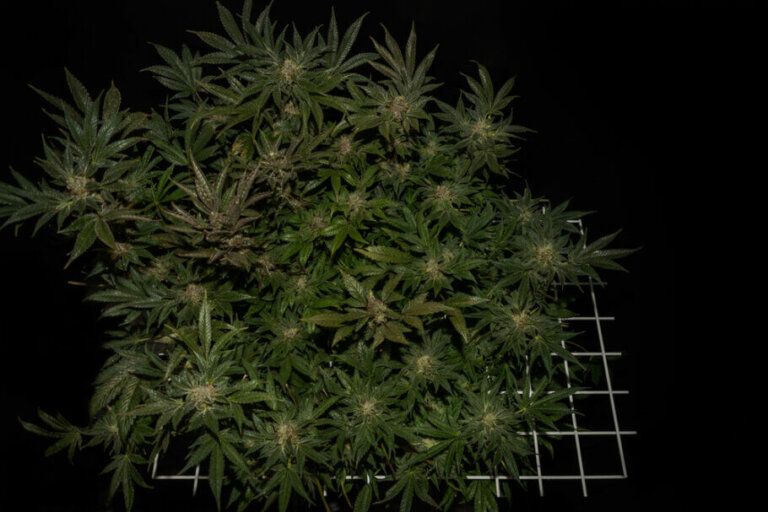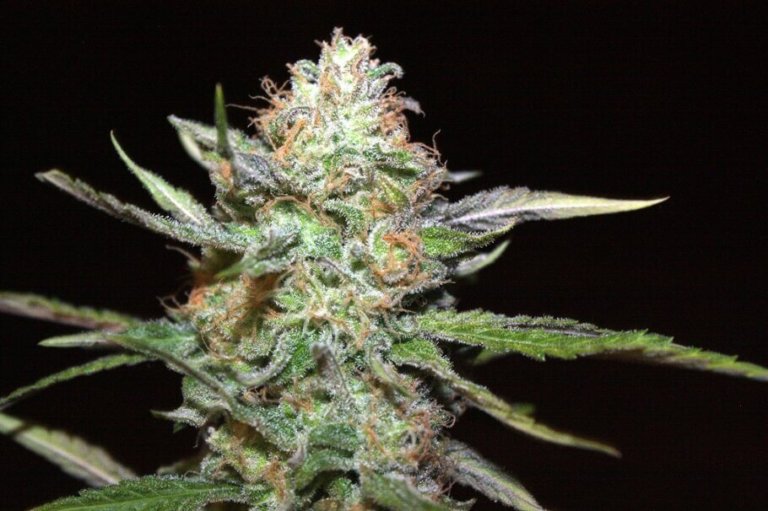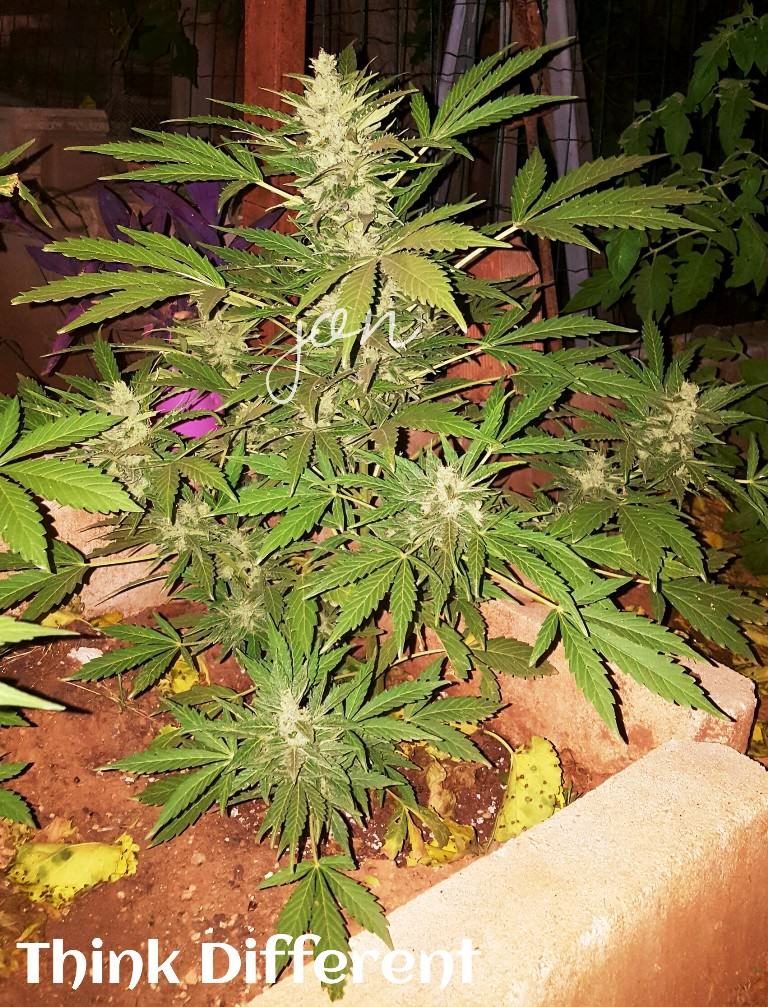The SOG cannabis growing method
List of contents
Sea of Green
SOG or Sea of Green is a marijuana growing technique used to take advantage of all the available growing space. Basically, we only need to completely cover the whole space with relatively small pots, as many as needed. The number of pots used will depend on both the size of the pots and the available space. For our example, we will use a 1m2 growing tent and tell you a few tips that everyone should remember in order to achieve a successful SOG crop.
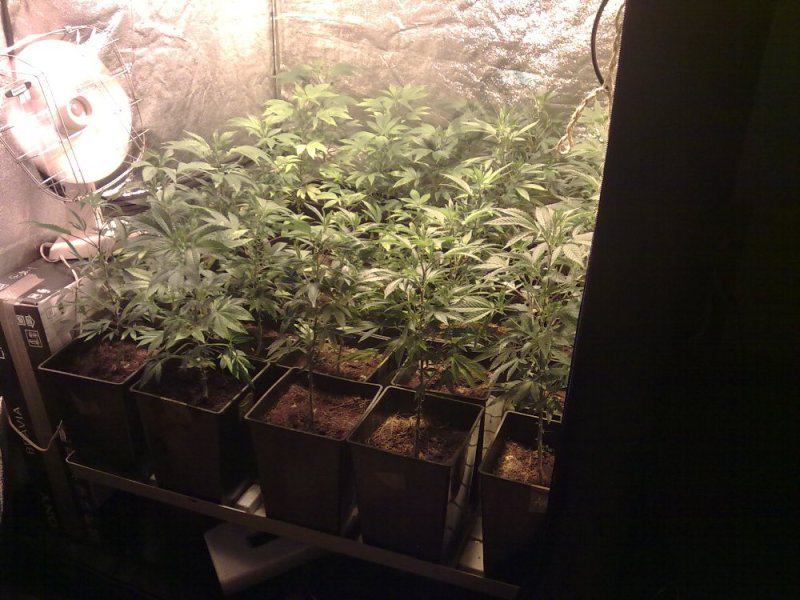
The main goal of this kind of cultivation is reducing as much as possible the time needed to grow and flower the plants, while getting the best possible yield of our growing space. With this method, one can achieve the same results in two months - using cuttings - than in 3-4 months when growing cannabis seeds . Saving money in our light bills or being able to perform more crops per year are some of the benefits from this interesting growing technique.
How to set up a SOG crop
After getting all the needed growing gear (pots, lighting systems, fertilizers, etc.), the first thing to do is growing a motherplant from which we will take cuttings . For this kind of cultivation, it is very important having identical cuttings from the same motherplant - or at least from the same genetics - to achieve a homogeneous crop. Working with several genetics will surely cause problems regarding size, height, flowering time, nutrient needs, and a number of factors that will decrease the overall yield of the plants.
Once we have our motherplant ready, we should determine how many plants we are going to use per m2.; the amount of cuttings may depend on several factors and needs, but 25 plants/m2 is a good number to start with. Now we know how many cuttings we have to take from our motherplant and how many pots are needed to plant them.
It is advisable taking more cuttings than needed; this way, we can keep the best 25 ones for our growroom and discard the rest of them. We must choose the stronger and healthier ones, with similar heights, discarding those that would not form a homogeneous crop, what is crucial when using the Sea of Green method.
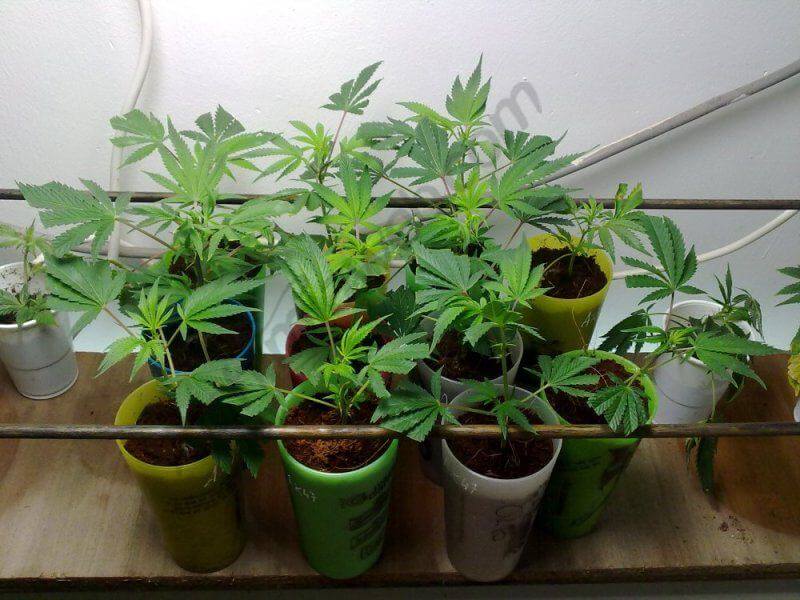
Another important aspect of this system is the type of irrigation that we are going to use for our plants. The best option is setting up an automatic watering system with dippers, connected to a nutrient solution tank. In this way, all plants will receive the same exact amount of nutrient solution, what will equally increase the production of all the plants.
Growing cannabis cuttings using the SOG technique
Plant each cutting in its respective pot ; we can perform a couple of transplants before flowering our plants, and the final pot's size will depend on the used substrate. If we are using coco coir, 3-4 liter pots will be perfect; otherwise, if we use soil, we should use bigger containers, about 5-6L. Transplanting our plants saves space, helps to control the height of the cuttings and promotes growth with a shorter internodal distance, improving yields.
As the growth period of our clones will be short, we must use a quality root stimulator to enhance root growth, so they can quickly develop a well-formed rootball. Roots will drastically slow their growth after the pre-flowering stage - 2nd/3rd week of flowering - so we can stop adding root stimulator to the nutrient solution at this time.
Our plants should only have a main central bud with 2-3 side branches. We can prune the lower parts of the plants if needed, for we only want perfectly formed buds which usually only develop at the tops of the plants.
Plants should be about 35-50cm tall at the end of the flowering stage, so growing either Indica or Sativa strains is of key importance. We don't want taller plants since the light emitted by the bulb would not reach the lower parts of the plants, developing few and squalid flowers. Indica marijuana strains are generally smaller and more compact than Sativas, which take more time to stop growing once the pre-flowering stage ends; for this reason, if we are using Sativa varieties we'll flower them a bit sooner than the Indicas.
